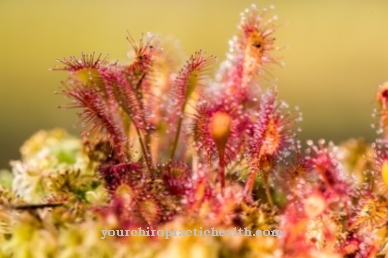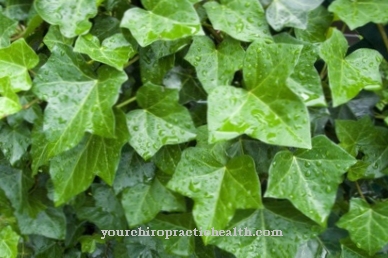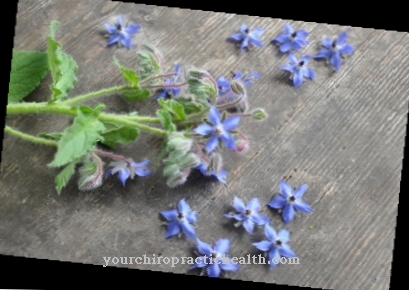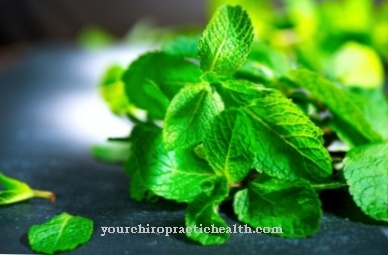Occurrence and cultivation of the corn poppy

The name Corn poppy received the plant because its flowers "clap" together in the wind. The term originally comes from the Greek ("mekon" = poppy seed). The generic name Papaver, on the other hand, comes from Latin. "Papa" means "baby food" and "vernum" means "real". The reason for this is the use of poppy seed juice in children's porridge to let the children sleep better. Other names by which the corn poppy is known are are Fire flower, Fire poppy, Field poppies, Blood flower or Corn rose.
The one to two year old herb plant reaches a stature height of up to ninety centimeters. As a rule, however, it is not that high - at least eight inches, provided it can grow undisturbed. Milky sap is found inside the stem of the plant, the stem is hairy and quite thin. In addition, it is hardly branched. The leaves of the plant are about six inches long and lanceolate in outline. Their sections are sawn and roughly toothed. Corn poppy blooms especially in summer. They bloom between May and July.
The flowers of the poppy are individually at the end of the stem and are hermaphroditic. They have a double flower envelope and are numerous, with the hairy sepals of the flower falling off when opened. The diameter of the corollas is between five and ten centimeters, which makes them look very lush compared to the stem. However, the size can vary greatly between flowers.
Poppy has a very typical, mostly purple or scarlet color. However, purple or white petals can also be found. In the middle of the flowers there is usually a black spot, which is often outlined in white - albeit very thin. The shape of the petals is reminiscent of wrinkled crepe paper. This makes the poppy easy to recognize. The capsule fruit of the corn poppy can grow to two centimeters and contains several hundred seeds. The seeds it contains are sold in stores as poppy seeds.
As a deep root, the poppy reaches a root depth of up to one meter. As a rule, the plant only flowers for a few days. It is not known where the corn poppy originally came from, but botanists assume that it is from North Africa or Eurasia. The plant has spread throughout the world through arable farming and can even be found in subtropics and permafrost zones. Their preference, however, is the temperate zone. The poppy is particularly widespread in grain fields, but can also be found on paths or - deliberately sown - on wastelands and in gardens.
Effect & application
In North Africa the poppy is still used to make make-up today. The red dye in the flowers is used for this. As an ornamental plant it can also be found under the name Silk poppy in home gardens again. The garden forms of the Papaver rhoeas are commercially available in a wide variety of colors. However, these are not natural, but rather bred like most ornamental plants. But the plant is also used in the kitchen.
In addition to using the seeds in cooking and baking, the young petals are also used in salads, for example. Their taste is reminiscent of that of cucumber, with a light hazelnut aroma. They serve as edible decorations in restaurants. In addition, the young, green fruits of the poppy are edible - as are the leaves, which can be cooked and prepared like spinach.
Poppy was and is used particularly in folk medicine. However, its effectiveness is controversial, which is why it is mainly found today as a so-called jewelry drug in tea blends. Conventional medicine no longer uses poppies in medicines. The reason for this is also the toxicity of different parts of the plant. The milky sap in particular is poisonous, although the young leaves are harmless when used in moderation. Excessive consumption of the seeds can still lead to gastrointestinal problems. Therefore, poppy seeds should only be consumed in moderation.
The ingredients of the plant include bitter substances and alkaloids, with the milky sap containing the slightly poisonous rhoeadin. Symptoms of poisoning can include stomach pain, vomiting, paleness and fatigue. Otherwise, mucilage and tannins as well as papaverine, sinactine, berberine and coptisine can be detected in the plant. Corn poppy is still used in small quantities for various ailments.
Importance for health, treatment & prevention
In contrast to real poppy seeds, corn poppy has a rather weak effect. Nevertheless, folk medicine uses it, for example, against skin problems and boils. The poppy tea is used externally in poultices and washes. This can treat mild inflammation or itching. It can also help against various ailments internally when drunk.
These include anxiety and nervousness as well as insomnia. In addition, poppy seeds are used against coughs. In alternative medicine it is ascribed an expectorant and anticonvulsant effect. In addition, it should have a pain relieving effect. Traditionally, the plant was used to make syrup, which was given to children with colds.
Apart from that, the plant is said to have a menstruation-promoting effect. This allows menstrual cramps to be combated and regulated. Nevertheless, a homeopath or pharmacist should always be consulted if there is any uncertainty about its use.
























.jpg)



